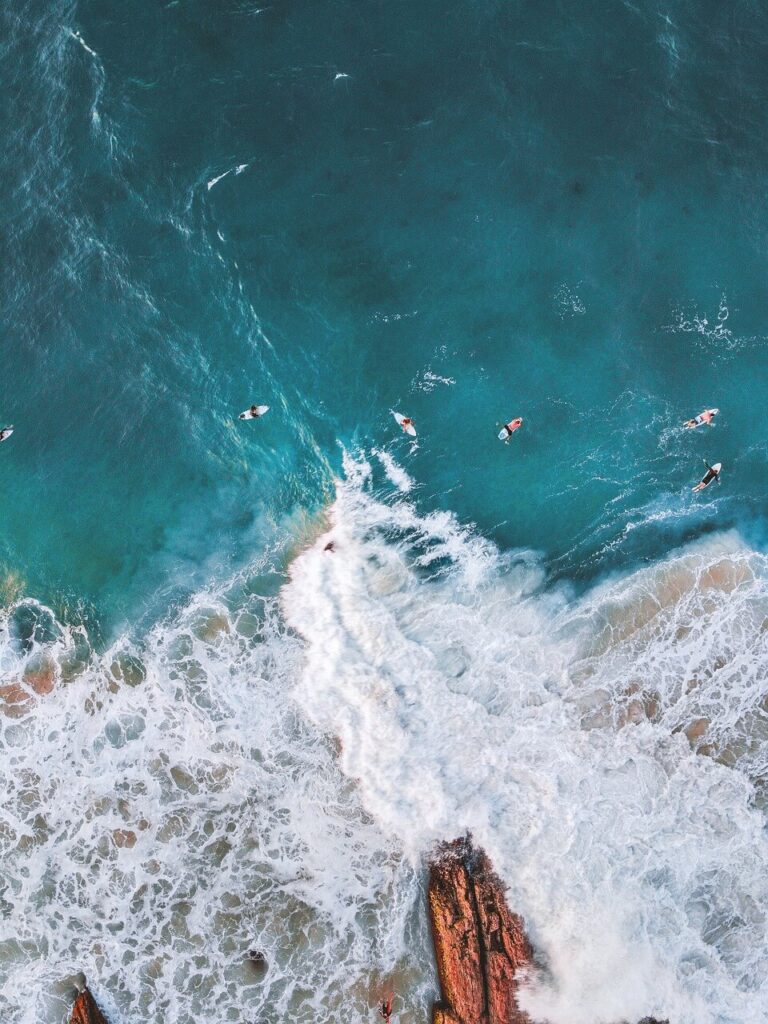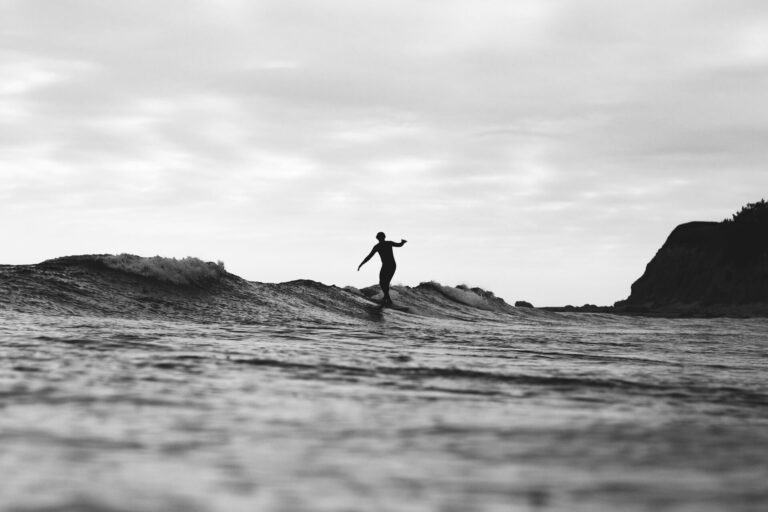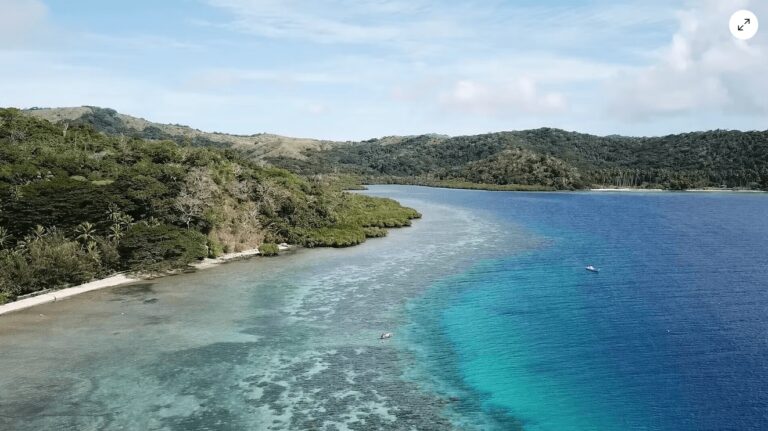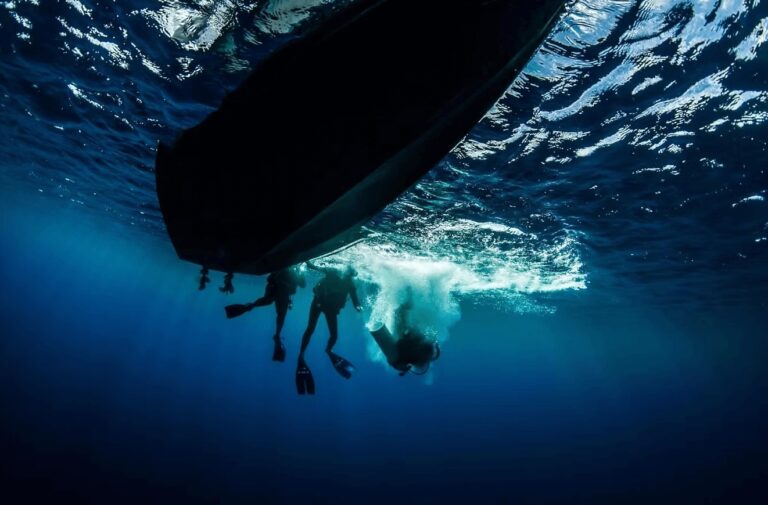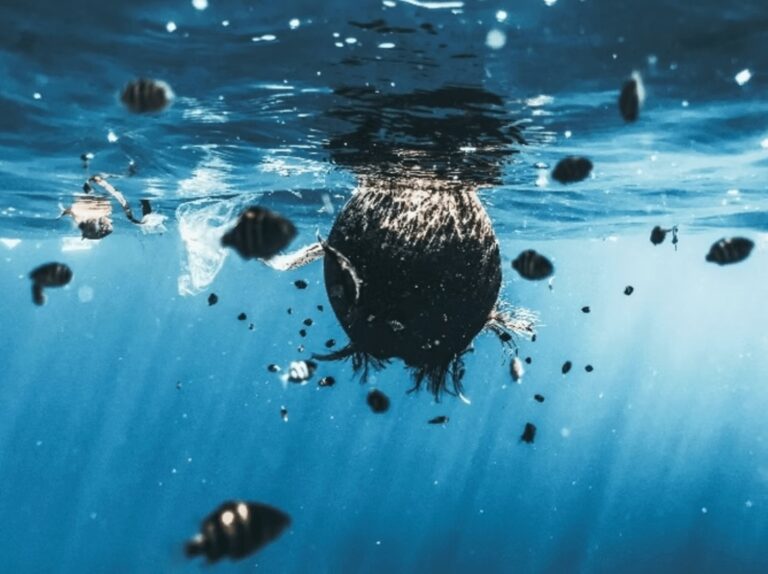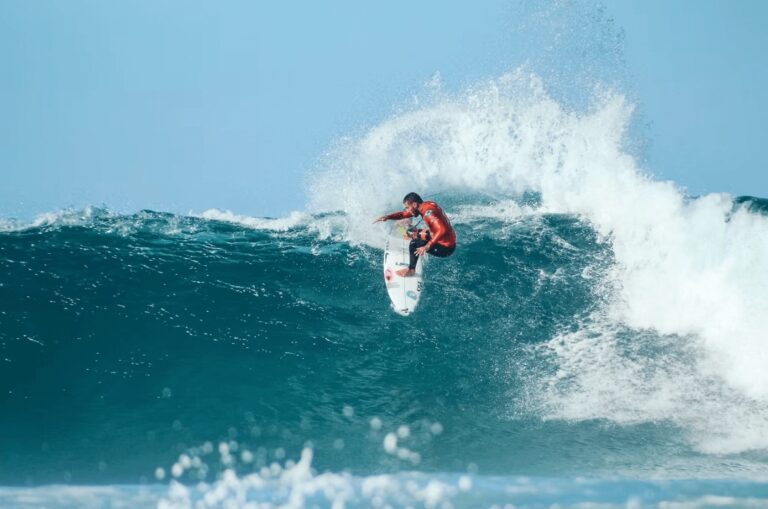7 biggest threats to our oceans and human survival on the coast
Concerned about the health of our seas? Discover some of the biggest threats to our oceans and what can be done to address these issues.
The world’s oceans, which cover over 70 percent of the planet’s surface, are currently facing a multitude of serious threats. Many have dire consequences for marine biodiversity and humans alike.
For centuries, we have viewed these water bodies as endless resources for us to plunder. But we now know the devastating toll that human activity has taken on our seas.
Overfishing has decimated global fish populations, a critical food source for millions of people worldwide. Meanwhile a staggering amount of garbage and plastic waste is being dumped into our oceans on a daily basis.
Pollution from agricultural runoff and oil spills is adding to the destruction of marine habitats. At the same time, climate change-induced warming and ocean acidification is making it hard for many species to survive.
Adding to this environmental crisis is the lack of protections. At the time of writing, less than two percent of the world’s oceans are designated as marine reserves.
The time to act is now! If left unchecked, the threats facing our oceans may potentially lead to the collapse of some of the most important food sources on the planet.
In this article, discover 7 of the biggest threats to our oceans and the humans who rely on them for survival. We’ll also highlight steps that can be taken to mitigate damage.
Foremost among these is supporting marine conservation organisations that are leading the charge to protect our oceans for future generations.

Single-use plastics and garbage islands
The scourge of single-use plastic is inescapable in our modern world. Disposable bottles, shopping bags, food containers and straws are ubiquitous across the globe.
For decades, we’ve been told that recycling is the solution to this pervasive problem. The harsh reality, however, is that around 90% of all plastic produced worldwide never gets recycled at all.
Instead, an enormous and ever-growing quantity of this non-biodegradable material is ending up in the world’s oceans. As it accumulates, it is creating an environmental catastrophe of epic proportions.
The scale of this crisis is most apparent in the infamous Great Pacific Garbage Patch. This is a colossal accumulation of plastic waste and abandoned fishing gear trapped in oceanic currents.
Today, the Great Pacific Garbage Patch ranges in size from an area nearly the size of Texas all the way up to an expanse larger than the entire continental United States.
And this is just the tip of the iceberg. Countless more tons of plastic litter are constantly flowing into the seas from beaches, rivers and streams the world over.
Once in the ocean, this plastic does not simply float harmlessly on the surface. It breaks down into ever-smaller microplastic particles that are easily mistaken for food by marine life, from filter-feeding whales to tiny zooplankton.
The consequences are catastrophic, with hundreds of animals perishing each day from ingesting or becoming entangled in this plastic pollution.
Some of these microplastics are now even making their way back into the human food chain. Studies show that many of us are inadvertently consuming these tiny plastic fragments in our seafood and drinking water.
Drastic, systemic changes to our production and consumption habits are urgently needed if we hope to stem this plastic plague and restore the health of our oceans before it’s too late.
Want to do something today? Discover 7 lifestyle changes to reduce ocean plastic now!
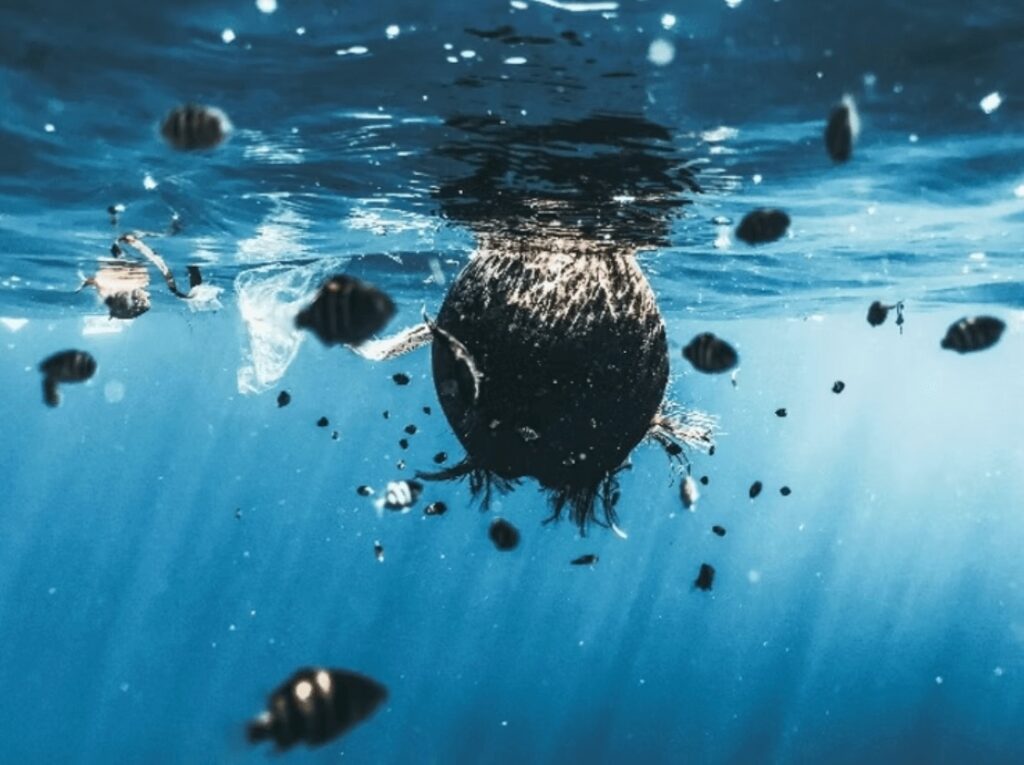
Pollution from agricultural runoff and oil spills
While dramatic oil spills and other highly visible forms of ocean pollution certainly warrant attention, they actually account for only a small fraction of the problem when we’re talking about ocean pollution.
In reality, nearly half of all ocean pollution originates from land-based activities. This includes the runoff of sewage, industrial waste and agricultural chemicals.
Many of the fertilisers and pesticides routinely used in farming practices end up making their way into the ocean. This is often with devastating consequences for marine ecosystems.
These chemical compounds can have irreversible and fatal effects on a wide range of ocean species, disrupting critical biological processes like reproduction.
For example, certain pesticides have been shown to interfere with the endocrine systems of aquatic life. This leads to hormonal imbalances that impair their ability to successfully mate and produce offspring.
Beyond the direct harm to wildlife, the presence of these pollutants in the ocean can also pose serious health risks to humans if the contaminated marine life is consumed.
Of particular concern is the presence of mercury. This toxic heavy metal pollutant can have devastating consequences when it accumulates in the food chain.
As industrial and agricultural runoff carries mercury into oceans and waterways, it is absorbed by microscopic plankton and algae at the base of the aquatic food web. These contaminated organisms are then consumed by small fish, which are in turn eaten by larger predatory fish.
At each step up the food chain, the mercury becomes more concentrated. Eventually, it reaches dangerously high levels in the apex predators that humans often enjoy eating.
You can learn more about mercury pollution in our oceans and its impacts on marine life here.
Another significant contributor is airborne pollution, such as the sulphur dioxide and mercury emissions from coal-burning power plants that eventually settle into ocean waters.
The cumulative effect of these diffuse, ongoing sources of pollution is the creation of massive “dead zones” in the ocean. These expansive areas are so depleted of oxygen that they can no longer support most forms of marine life.
Addressing the problem of ocean pollution from agricultural runoff will require a multi-faceted approach, including tighter regulations, improved farming practices and greater public awareness of the devastating consequences.
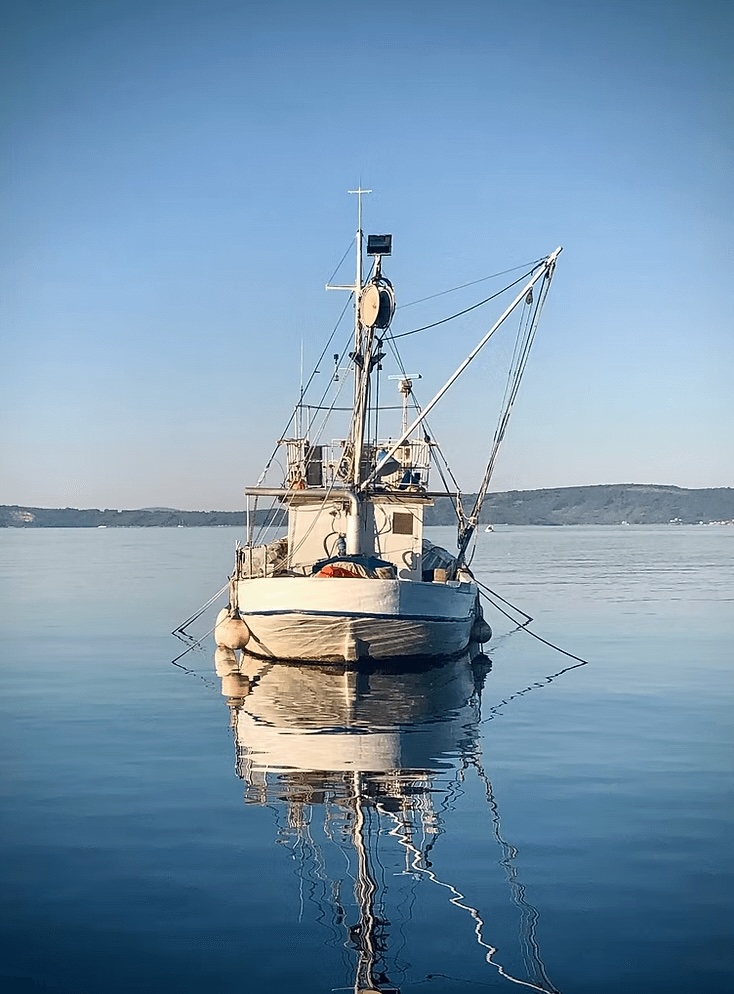
Destructive fishing practices and overfishing
It’s no secret that our oceans are facing serious threats from the unsustainable and destructive practices of the global fishing industry. Currently, less than two percent of the world’s oceans are designated as protected marine reserves. The vast majority is left vulnerable to exploitation.
Rampant overfishing and environmentally harmful fishing techniques are decimating fish populations and disrupting the delicate balance of marine ecosystems.
Studies show that populations of many commercially valuable species have plummeted alarmingly in recent years. Unfortunately, some are close to the point of no return.
The lack of effective fisheries management and regulation enforcement exacerbates the problem. In many cases, there are no clear limits on the size or timing of catches.
The depletion of apex predators like sharks and tuna also has cascading effects, destabilising the entire oceanic food chain. In fact, it’s estimated that we’ve already removed at least two-thirds of the large fish in the world’s seas. Since 1950, a third of all fish populations have collapsed.
This reckless overfishing isn’t just an ecological crisis. It’s also a major threat to global food security. Around the world, hundreds of millions of people depend on the oceans as a crucial source of sustenance.
Beyond the sheer volume of fish being pulled from the seas, the actual fishing methods employed are alarmingly destructive. Techniques like bottom trawling and longlining indiscriminately scoop up or entangle countless “bycatch” species, including endangered turtles, sharks and marine mammals.
Adding to the issue is the abandonment and loss of fishing gear at sea or along coastlines. Often referred to as “ghost fishing“, nets can float through our oceans for years. Along the way, they trap marine life or entangle shore birds on coastlines as they scavenge for trapped fish.
Immediate action is needed to establish robust marine protected areas, implement sustainable fishing quotas and practices. This will give our marine ecosystems a chance to recover from the damage the industry has caused.
Want to learn more? Discover how to support sustainable fisheries and the long-term health of our marine environments.
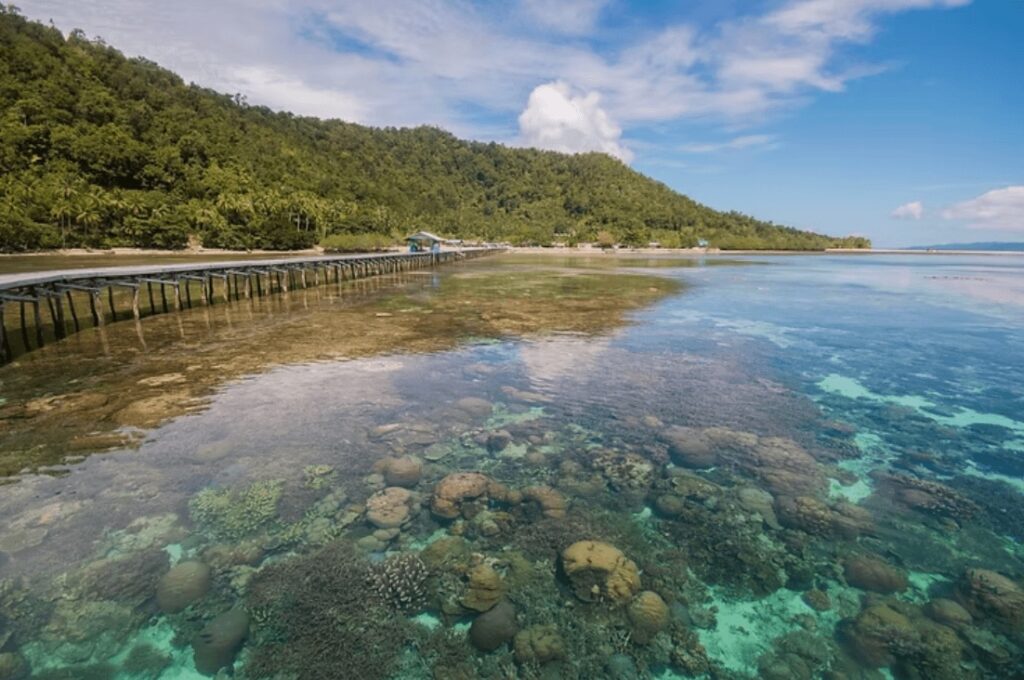
Ocean acidification and coral bleaching
The warming and acidification of the world’s oceans due to climate change pose a serious threat to the marine ecosystems that sustain life on our planet.
As the atmosphere absorbs increasing amounts of greenhouse gases, particularly carbon dioxide, the oceans are bearing the brunt of this environmental crisis.
Our oceans act as a carbon sink, absorbing around 30 percent of the excess CO2 emitted by human activities. But this comes at a cost. The excess CO2 is causing the pH levels of the oceans to plummet, making the water more acidic.
This ocean acidification has devastating consequences, particularly for the coral reef systems that are the foundation for countless marine species.
Coral reefs are extremely sensitive to changes in water chemistry and temperature. The combination of acidification and warming waters is causing widespread coral bleaching events.
When stressed by environmental changes, the colourful coral polyps expel the symbiotic algae that provide them nutrients, leaving behind a skeletal, lifeless reef.
Without these coral habitats, the biodiversity of the oceans is at risk, as fish, molluscs, crustaceans and other creatures lose their breeding grounds and food sources. The effects ripple throughout the marine food web, imperilling the plankton that forms the base of the oceanic food chain.
Urgent action is needed to curb greenhouse gas emissions and mitigate the damage already done to these vital marine ecosystems.
Want to learn more about ocean acidification? Check out our detailed article here.

Sea temperature rise
Rising global temperatures are having a profound and often devastating impact on marine ecosystems across the world. As the planet’s oceans absorb excess heat from the atmosphere, the resulting increase in sea temperatures is triggering dramatic changes that are proving catastrophic for many marine species.
Even a seemingly modest rise of just 0.5 degrees Celsius can be enough to devastate coral reef systems. This is because they act as vital nurseries and shelters for marine life.
These coral communities are not only breathtakingly beautiful but also serve as the foundation for entire underwater food webs, providing food and habitat for marine organisms.
When ocean warming causes coral bleaching and die-off, it sets off a cascading series of disruptions that ripple outward. For one, it impacts the survival and migratory patterns of species that have evolved over millennia to depend on the shelter and sustenance provided by healthy reefs.
As fish and other marine creatures are forced to abandon their customary territories and feeding grounds, it destabilises the carefully balanced ecosystems they are a part of, often with severe consequences.
Fishing communities that have relied on the bounty of the sea for generations now find their livelihoods under threat. This is because the natural rhythms and migrations of their prey species have been thrown into disarray.
Ultimately, the degradation of marine ecosystems due to ocean warming represents not just an ecological crisis, but a profound threat to human communities and food security around the world.
WANT TO SPEND YOUR NEXT HOLIDAY IN THE OCEAN? CHECK OUT OUR ECO-FRIENDLY DIVE EXPERIENCES AND SUSTAINABLE SURF ADVENTURES.
Unsustainable aquaculture practices
Unsustainable aquaculture, particularly in coastal marine environments, has become a growing concern. This is due to the detrimental impact it can have on the surrounding ecosystem.
Intensive fish and shellfish farming operations at sea often rely on the use of antibiotics, pesticides and other chemicals to control disease outbreaks and promote rapid growth in their captive populations.
However, these substances can easily leach out from the enclosed aquaculture pens and cages into the broader marine waters. This can lead to the accumulation of harmful pollutants.
Contamination not only disrupts the delicate balance of the local aquatic environment but also poses risks to the health of wild marine life and even human consumers of farmed seafood.
Addressing the sustainability challenges of aquaculture will require a concerted effort to develop more environmentally-friendly farming techniques that minimise the use of harmful chemicals and better contain the waste produced by these operations.
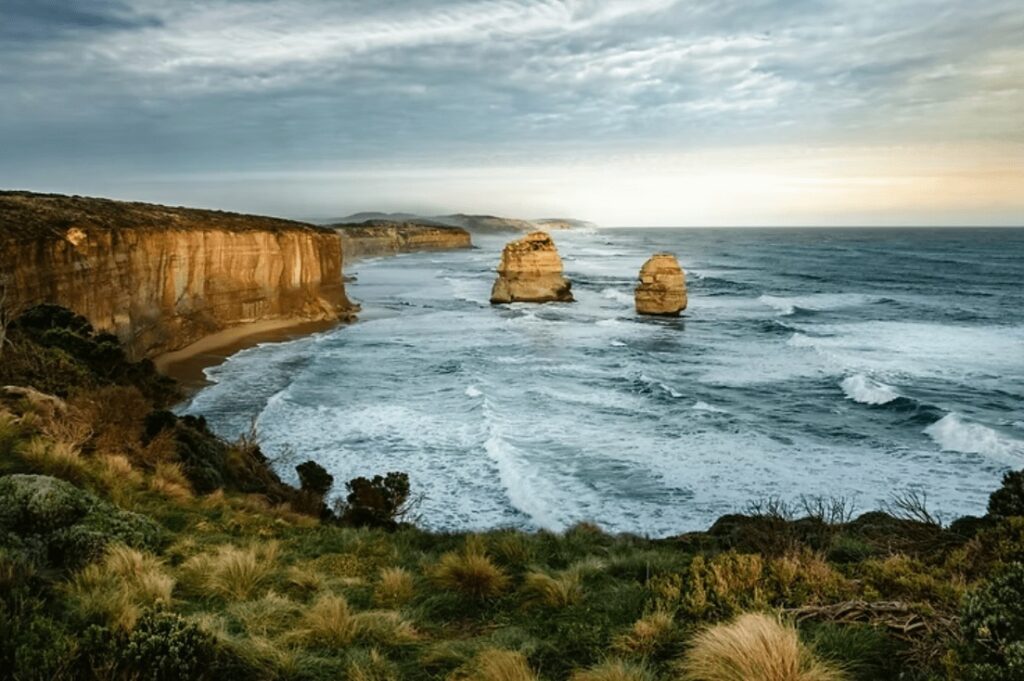
Marine engineering, oil drilling and seismic blasting
Marine engineering (including offshore oil drilling and seismic blasting) can have profound and far-reaching impacts on the marine ecosystems they operate within.
The construction of offshore drilling platforms, the drilling of deep exploratory wells and the use of powerful seismic surveys to map underwater geological formations all introduce significant disturbances to the natural marine environment.
The physical presence of drilling rigs and other infrastructure can disrupt the migration patterns and feeding grounds of marine mammals, fish and other creatures. This forces them to adapt or relocate.
Meanwhile, the constant noise and vibrations generated by seismic blasting can disorient and disturb sensitive species. Essentially, it interferes with their ability to communicate and navigate in ocean waters.
Beyond the direct disruption, these activities also introduce a range of pollutants – from drilling muds and oil spills to chemical runoff and debris. These can contaminate the water and sediment, poisoning marine life and degrading water quality.
Careful planning, strict environmental regulations and innovative mitigation strategies are essential to ensure that the necessary advancement of offshore energy development can occur in a manner that minimises harm to the marine environment.
Want to learn more about seismic blasting? Check out our detailed article here.

The health of our oceans and human rights
The world’s oceans and coastal ecosystems are the lifeblood for over three billion people, serving as the primary source of livelihood and sustenance.
However, the troubling reality is that wild fish populations have been steadily depleted due to unsustainable overfishing practices. This makes it increasingly difficult for many fishing captains and companies to maintain profitability.
In a bid to cut costs and boost their bottom lines, a growing number of operators are exploiting vulnerable fishing communities by denying their workers a living wage.
The inextricable links between human rights and environmental concerns are painfully evident as companies prioritise profit over the welfare of their workers. By reducing wages, they can afford to keep more fishing vessels out on the waters, further driving the unsustainable depletion of our marine ecosystems.
This vicious cycle threatens not only the livelihoods of millions but the long-term health and viability of the oceans themselves.

Taking action against the biggest threats to our oceans
The issues facing our oceans can seem overwhelming. But there are lots of scientists, environmentalists and activists out there providing hope and a way forward.
By connecting with and supporting marine conservation organisations that are directly addressing the biggest threats to our oceans, you’ll be part of the solution.
You can support these organisations by donating money, sharing their campaigns with friends and family or getting hands-on by attending events and rallies. The way you want to take action is entirely up to you and all forms of support are greatly appreciated.
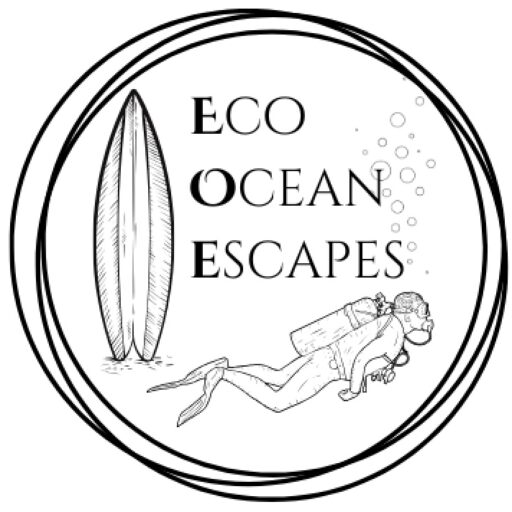
PLAN YOUR TRIP WITH OUR FAVOURITE RESOURCES:
Find hotels and resorts via Booking or Agoda
Book tours and experiences via Viator or GetYourGuide
Find a rental car via Discover Cars
Book flights via Kiwi or Booking
Search for buses and trains via 12Go or Omio
Get travel insurance via SafetyWing
Buy a digital eSIM with Airalo
By purchasing through our links, you’ll be supporting our website at no additional cost to you
About the authors
We are a team of passionate divers and surfers with decades of combined experience in the water and travelling to all corners of the globe. After years of chasing waves and descending into the deep blue, we’ve created this resource to highlight sustainably run surf camps, eco-friendly dive resorts and conservation-focused ocean trips to help inspire your next adventure.
Eco Ocean Escapes was born out of a love of the ocean, an obsession with travel and a concern about the impacts of our adventures on the environments we explore. Despite the benefits that surf and dive tourism can bring to local communities, we recognised that ocean-based adventures are not always managed in a sustainable manner.
Through our articles, we hope to inspire those seeking a responsible surf or dive trip that is all about supporting local communities, preserving our coastal environments and the incredible marine species that inhabit our oceans.
-
Sustainable Surf Tourism and Respecting Local Communities
Surf tourism has exploded over the last two decades. With travel becoming more accessible and social media exposing hidden spots, once-remote breaks in Indonesia, Central America, Morocco and the Pacific Islands are now iconic stops on global surf circuits. While surf travel brings income, jobs and global attention to coastal towns, it can also disrupt…
-
Inspiring Citizen Science Projects for Surfers + How to Get Involved
As surfers, we are intimately connected to the ocean – its rhythms, its wildlife and its health. Because of this relationship, many of us are looking for meaningful ways to protect the marine environments we love. One of the simplest and most impactful ways we can do this is by joining citizen science projects. These…
-
Understanding Marine Protected Areas (MPAs): Why divers should care
If you’ve spent time underwater (as a diver or snorkeller), you’ve probably noticed something: not all sites are beacons of health. Some reefs appear vibrant and full of life, while others show signs of stress – broken coral, few fish or algae-covered rocks. One of the biggest factors shaping the health of our oceans is…
-
Costa Rica: Best Marine Parks for Scuba Divers + Eco Dive Resorts
Costa Rica is a paradise for eco-conscious travellers and underwater explorers are no exception. With its healthy coral reefs, pelagic-rich waters and some of the most progressive environmental policies in the world, the country is a dream destination for those who want to dive responsibly. We’ve been lucky enough to visit Costa Rica several times…
-
Eco-Diving: Best Destinations for Sustainable Scuba Travel
As humans inspired by the underwater world, there is plenty of incentive to protect our coral reefs. Here at EcoOceanEscapes, we want to do our bit to save endangered marine species and keep our oceans free of trash. One impactful action we can all take is to choose sustainable diving destinations. These are nations (or…
-
Eco-Friendly Diving: How to Be a Sustainable Scuba Advocate
Understand the environmental impacts of diving and sustainable scuba practices in this comprehensive guide to eco-friendly diving. Any diver will tell you that being underwater is an incredible experience. It’s a world that not everyone has the opportunity to explore and the encounters we have with marine creatures can be life-changing. Watching manta rays soar…

We are a team of passionate divers and surfers with decades of combined experience in the water and travelling to all corners of the globe.
After years of chasing waves and descending into the deep blue, we’ve created this resource to highlight sustainable surf camps, eco-dive resorts and conservation-focused ocean trips to help inspire your next adventure.
Eco Ocean Escapes was born out of a love of the ocean, an obsession with travel and a concern about the impacts of our adventures on the environments we explore.

